Key operational benefits for land tactical units:
- Legacy or new vehicle (platform and main weapon): the best protected, most mobile and powerful vehicles remain vulnerable when they fight alone or using only voice orders
- Single vehicle digitisation mission systems (enabling equipment integration): Digitised platform with vehicle electronics system can best exploit equipment integration and deliver enhanced local awareness.
- Multi-vehicle networking (multi-mission integration and link to command & control chain): Sharing vehicle and tactical information allows synchronised manoeuver, accurate logistics, collaborative fighting and decision superiority.
Provide shared situational awareness and assist operator in its mission execution
Legacy vehicles and most new-generation land platforms are seldom ready to plug into the digitised battlespace. This calls for a coherent vehicle electronics architecture to allow best integration, networking and exploitation of legacy and new sensor, vehicle, and weapon data on board.
On this vehicle electronics system (or systronics) core, an overall vehicle and communications supervision enables network-centric operations of the whole battlegroup as an integrated system .
To measure the force multiplication factor and augmented situational awareness provided by vehicle digitisation and multi-vehicle networking, NATO has defined new metrics beyond the traditional mobility, protection and firepower.
Mission system integration for tactical effectiveness
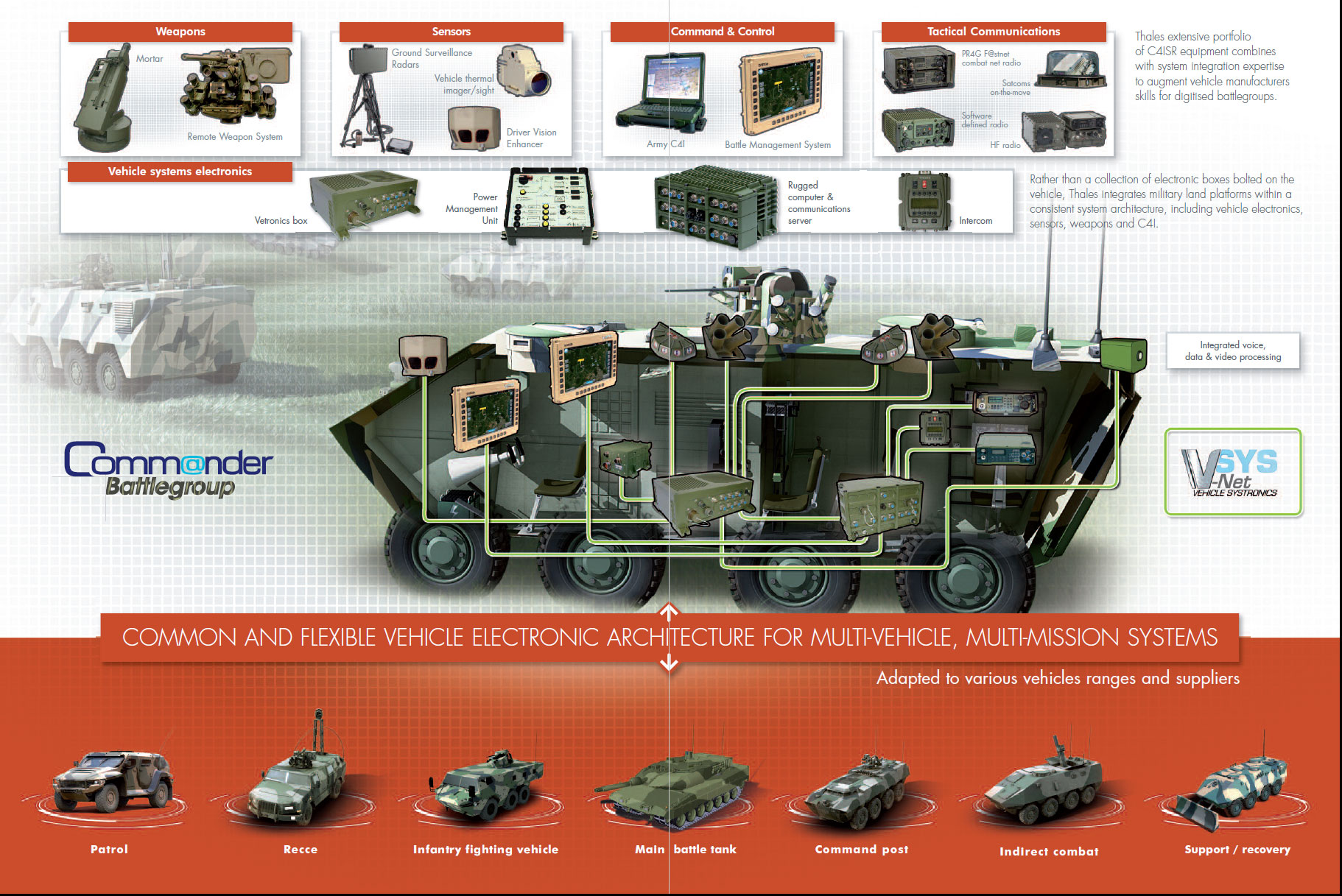
© © Thales
From Digitised vehicle mission system...
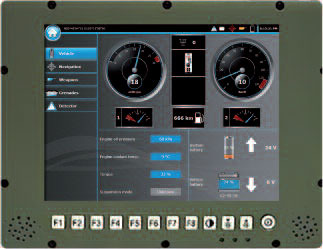
|
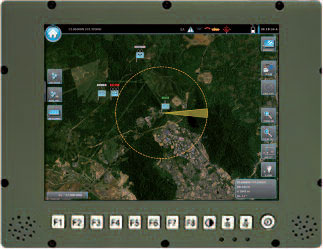
|
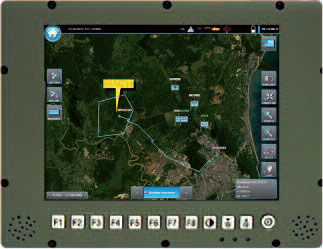
|
| Vehicle Status | Local Situational Awareness (LSA) | Shared Situational Awareness (SSA) |
... to battlegroup system integration and networking
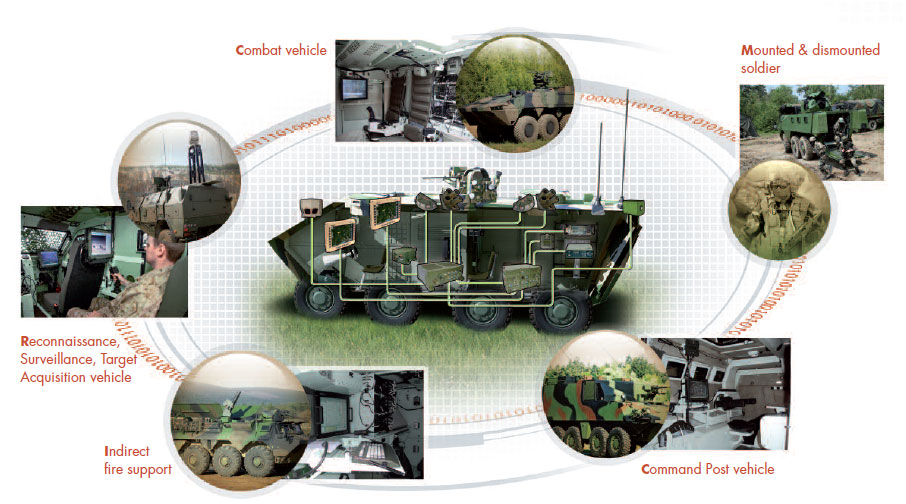
Major references (integratEd vehicle and mission systems)
- An open industrial organisation, from mission package supplier to design authority for prime contractorship.
- Local support to provide know-how and minimise risk.